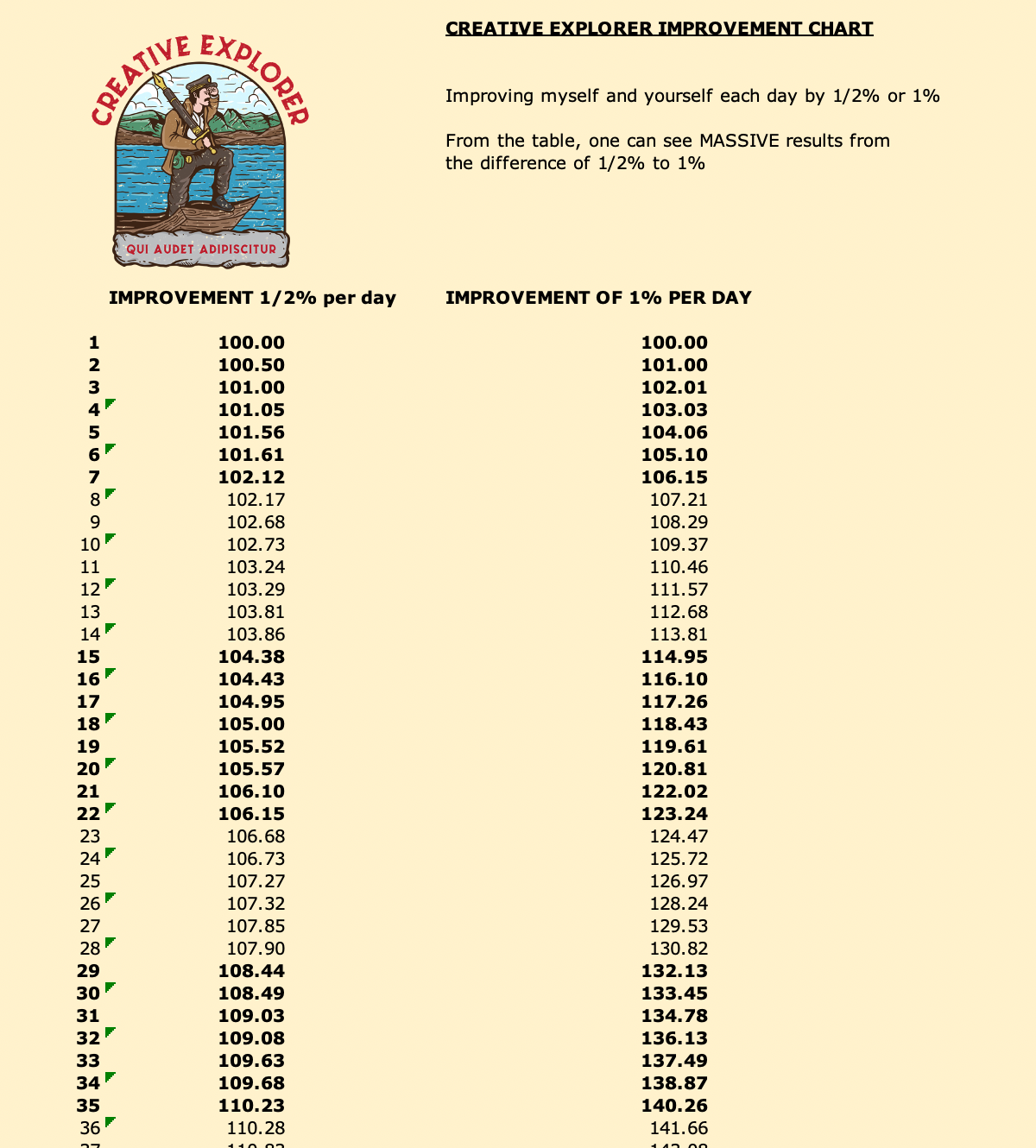
CreativeExplorer-MichaelMandaville.com
I work in Film. I live in Martial Arts. I thrive in Imagination.
Filmmaking & Writing
Scholar Warrior Way
Current Events

Irish Demographic Destruction
The Irish population is declining based upon lower birthrrates and the immigration disaster for the country. Dr. Eoin Lenihan is a leading writer and analyst on the demographic destruction of Ireland. You can follow him here on X.
Predicting when a specific ethnic group might become a minority in a country involves complex demographic modeling, relying on assumptions about future immigration, fertility, mortality, and emigration rates, as well as how "ethnic Irish" is defined. Based on available data, here’s an analysis:
Key Data Points
Ethnic Composition (2022 Census):
77% of Ireland’s population identified as "White Irish" in 2022.
20% of the population was born outside Ireland, with significant immigrant groups including Poles, UK citizens, Indians, Romanians, and Ukrainians.
Non-Irish citizens accounted for 12% of the population.
Fertility Rate:
Ireland’s total fertility rate (TFR) was 1.5 in 2023, below the replacement level of 2.1.
The TFR has been declining, from 2.0 in 2013 to 1.5 in 2023, with projections suggesting a further drop to 1.3 by 2037.
Non-Irish nationals tend to have different age profiles, with fewer children under 14 (12.3% vs. 22.5% for Irish nationals), suggesting varied fertility patterns.
Immigration and Net Migration:
In the year to April 2024, Ireland saw 149,200 immigrants, a 17-year high, with 86,800 from non-EU/UK countries (including Ukrainians).
Net migration was 80,200 in 2024 (149,200 immigrants minus 69,000 emigrants).
Historically, net migration has been a significant driver of population growth, contributing 219,787 to the population increase between 2016 and 2022, compared to 27,915 from natural increase.
Population Projections:
Ireland’s population was 5.38 million in April 2024, projected to grow to 6.7 million by 2060.
The population is becoming more diverse, with 20% born abroad in 2022, up from 17% in 2016.
Analysis
To estimate when "Irish people" (assumed here as "White Irish" per census data) might become a minority (less than 50% of the population), we need to consider:
Fertility: A TFR of 1.5 implies a declining native population without immigration, as it’s below replacement level. If non-Irish groups have higher fertility rates (data is limited but suggests variation), their share could grow faster.
Immigration: High immigration, especially from non-EU countries, increases diversity. If 149,200 immigrants arrive annually, with 58% (86,800) from non-EU/UK countries, the non-Irish population grows rapidly.
Emigration: Emigration (69,000 in 2024, including 34,700 Irish citizens) reduces the native population’s share, though returning Irish citizens (30,000 in 2024) offset this slightly.
Definition of "Ethnic Irish": If "ethnic Irish" includes those with dual Irish citizenship (170,597 in 2022, up 63% from 2016), the decline might be slower.
Rough Projection
Assuming:
Constant net migration of ~80,000 annually (2024 levels).
A stable TFR of 1.5 for the White Irish population and slightly higher (e.g., 1.8) for non-Irish groups (a conservative estimate).
A starting point of 77% White Irish in 2022 (4.14 million out of 5.38 million).
Using a simplified cohort-component model:
The White Irish population grows slowly or declines due to low fertility and emigration (e.g., -0.5% annually).
The non-Irish population grows faster due to higher immigration and potentially higher fertility (e.g., +2-3% annually).
By 2050, the White Irish share could drop to ~55-60%, assuming current trends persist.
Reaching below 50% might occur around 2060-2070, depending on whether immigration remains high and fertility stays low.
Caveats
Data Limitations: No recent projections specifically model the "White Irish" population’s decline. Older claims (e.g., 2005 predictions of minority status by 2050) lack current support and were debunked for misrepresenting data.
Policy Changes: Immigration policies, asylum seeker inflows (e.g., 110,000 Ukrainians by 2025), or economic shifts could alter trends.
Social Sentiment: Posts on X reflect concerns about rapid demographic change, but claims of minority status by 2030 or 2040 are speculative and not backed by data.
Ethnic Identity: Future generations of immigrant descendants may identify as "Irish," complicating ethnic categorizations.
Conclusion
At current immigration and fertility rates, the "White Irish" population is unlikely to become a minority before 2050. A plausible estimate, based on simplified projections, suggests this could happen around 2060-2070, but this depends on sustained high immigration, low fertility, and consistent emigration patterns. More precise modeling would require detailed data on age-specific fertility and migration by ethnic group, which is currently unavailable. For further details, consult the Central Statistics Office (www.cso.ie) or migrationpolicy.org.

Irish Demographic Destruction
The Irish population is declining based upon lower birthrrates and the immigration disaster for the country. Dr. Eoin Lenihan is a leading writer and analyst on the demographic destruction of Ireland. You can follow him here on X.
Predicting when a specific ethnic group might become a minority in a country involves complex demographic modeling, relying on assumptions about future immigration, fertility, mortality, and emigration rates, as well as how "ethnic Irish" is defined. Based on available data, here’s an analysis:
Key Data Points
Ethnic Composition (2022 Census):
77% of Ireland’s population identified as "White Irish" in 2022.
20% of the population was born outside Ireland, with significant immigrant groups including Poles, UK citizens, Indians, Romanians, and Ukrainians.
Non-Irish citizens accounted for 12% of the population.
Fertility Rate:
Ireland’s total fertility rate (TFR) was 1.5 in 2023, below the replacement level of 2.1.
The TFR has been declining, from 2.0 in 2013 to 1.5 in 2023, with projections suggesting a further drop to 1.3 by 2037.
Non-Irish nationals tend to have different age profiles, with fewer children under 14 (12.3% vs. 22.5% for Irish nationals), suggesting varied fertility patterns.
Immigration and Net Migration:
In the year to April 2024, Ireland saw 149,200 immigrants, a 17-year high, with 86,800 from non-EU/UK countries (including Ukrainians).
Net migration was 80,200 in 2024 (149,200 immigrants minus 69,000 emigrants).
Historically, net migration has been a significant driver of population growth, contributing 219,787 to the population increase between 2016 and 2022, compared to 27,915 from natural increase.
Population Projections:
Ireland’s population was 5.38 million in April 2024, projected to grow to 6.7 million by 2060.
The population is becoming more diverse, with 20% born abroad in 2022, up from 17% in 2016.
Analysis
To estimate when "Irish people" (assumed here as "White Irish" per census data) might become a minority (less than 50% of the population), we need to consider:
Fertility: A TFR of 1.5 implies a declining native population without immigration, as it’s below replacement level. If non-Irish groups have higher fertility rates (data is limited but suggests variation), their share could grow faster.
Immigration: High immigration, especially from non-EU countries, increases diversity. If 149,200 immigrants arrive annually, with 58% (86,800) from non-EU/UK countries, the non-Irish population grows rapidly.
Emigration: Emigration (69,000 in 2024, including 34,700 Irish citizens) reduces the native population’s share, though returning Irish citizens (30,000 in 2024) offset this slightly.
Definition of "Ethnic Irish": If "ethnic Irish" includes those with dual Irish citizenship (170,597 in 2022, up 63% from 2016), the decline might be slower.
Rough Projection
Assuming:
Constant net migration of ~80,000 annually (2024 levels).
A stable TFR of 1.5 for the White Irish population and slightly higher (e.g., 1.8) for non-Irish groups (a conservative estimate).
A starting point of 77% White Irish in 2022 (4.14 million out of 5.38 million).
Using a simplified cohort-component model:
The White Irish population grows slowly or declines due to low fertility and emigration (e.g., -0.5% annually).
The non-Irish population grows faster due to higher immigration and potentially higher fertility (e.g., +2-3% annually).
By 2050, the White Irish share could drop to ~55-60%, assuming current trends persist.
Reaching below 50% might occur around 2060-2070, depending on whether immigration remains high and fertility stays low.
Caveats
Data Limitations: No recent projections specifically model the "White Irish" population’s decline. Older claims (e.g., 2005 predictions of minority status by 2050) lack current support and were debunked for misrepresenting data.
Policy Changes: Immigration policies, asylum seeker inflows (e.g., 110,000 Ukrainians by 2025), or economic shifts could alter trends.
Social Sentiment: Posts on X reflect concerns about rapid demographic change, but claims of minority status by 2030 or 2040 are speculative and not backed by data.
Ethnic Identity: Future generations of immigrant descendants may identify as "Irish," complicating ethnic categorizations.
Conclusion
At current immigration and fertility rates, the "White Irish" population is unlikely to become a minority before 2050. A plausible estimate, based on simplified projections, suggests this could happen around 2060-2070, but this depends on sustained high immigration, low fertility, and consistent emigration patterns. More precise modeling would require detailed data on age-specific fertility and migration by ethnic group, which is currently unavailable. For further details, consult the Central Statistics Office (www.cso.ie) or migrationpolicy.org.

Irish Demographic Destruction
The Irish population is declining based upon lower birthrrates and the immigration disaster for the country. Dr. Eoin Lenihan is a leading writer and analyst on the demographic destruction of Ireland. You can follow him here on X.
Predicting when a specific ethnic group might become a minority in a country involves complex demographic modeling, relying on assumptions about future immigration, fertility, mortality, and emigration rates, as well as how "ethnic Irish" is defined. Based on available data, here’s an analysis:
Key Data Points
Ethnic Composition (2022 Census):
77% of Ireland’s population identified as "White Irish" in 2022.
20% of the population was born outside Ireland, with significant immigrant groups including Poles, UK citizens, Indians, Romanians, and Ukrainians.
Non-Irish citizens accounted for 12% of the population.
Fertility Rate:
Ireland’s total fertility rate (TFR) was 1.5 in 2023, below the replacement level of 2.1.
The TFR has been declining, from 2.0 in 2013 to 1.5 in 2023, with projections suggesting a further drop to 1.3 by 2037.
Non-Irish nationals tend to have different age profiles, with fewer children under 14 (12.3% vs. 22.5% for Irish nationals), suggesting varied fertility patterns.
Immigration and Net Migration:
In the year to April 2024, Ireland saw 149,200 immigrants, a 17-year high, with 86,800 from non-EU/UK countries (including Ukrainians).
Net migration was 80,200 in 2024 (149,200 immigrants minus 69,000 emigrants).
Historically, net migration has been a significant driver of population growth, contributing 219,787 to the population increase between 2016 and 2022, compared to 27,915 from natural increase.
Population Projections:
Ireland’s population was 5.38 million in April 2024, projected to grow to 6.7 million by 2060.
The population is becoming more diverse, with 20% born abroad in 2022, up from 17% in 2016.
Analysis
To estimate when "Irish people" (assumed here as "White Irish" per census data) might become a minority (less than 50% of the population), we need to consider:
Fertility: A TFR of 1.5 implies a declining native population without immigration, as it’s below replacement level. If non-Irish groups have higher fertility rates (data is limited but suggests variation), their share could grow faster.
Immigration: High immigration, especially from non-EU countries, increases diversity. If 149,200 immigrants arrive annually, with 58% (86,800) from non-EU/UK countries, the non-Irish population grows rapidly.
Emigration: Emigration (69,000 in 2024, including 34,700 Irish citizens) reduces the native population’s share, though returning Irish citizens (30,000 in 2024) offset this slightly.
Definition of "Ethnic Irish": If "ethnic Irish" includes those with dual Irish citizenship (170,597 in 2022, up 63% from 2016), the decline might be slower.
Rough Projection
Assuming:
Constant net migration of ~80,000 annually (2024 levels).
A stable TFR of 1.5 for the White Irish population and slightly higher (e.g., 1.8) for non-Irish groups (a conservative estimate).
A starting point of 77% White Irish in 2022 (4.14 million out of 5.38 million).
Using a simplified cohort-component model:
The White Irish population grows slowly or declines due to low fertility and emigration (e.g., -0.5% annually).
The non-Irish population grows faster due to higher immigration and potentially higher fertility (e.g., +2-3% annually).
By 2050, the White Irish share could drop to ~55-60%, assuming current trends persist.
Reaching below 50% might occur around 2060-2070, depending on whether immigration remains high and fertility stays low.
Caveats
Data Limitations: No recent projections specifically model the "White Irish" population’s decline. Older claims (e.g., 2005 predictions of minority status by 2050) lack current support and were debunked for misrepresenting data.
Policy Changes: Immigration policies, asylum seeker inflows (e.g., 110,000 Ukrainians by 2025), or economic shifts could alter trends.
Social Sentiment: Posts on X reflect concerns about rapid demographic change, but claims of minority status by 2030 or 2040 are speculative and not backed by data.
Ethnic Identity: Future generations of immigrant descendants may identify as "Irish," complicating ethnic categorizations.
Conclusion
At current immigration and fertility rates, the "White Irish" population is unlikely to become a minority before 2050. A plausible estimate, based on simplified projections, suggests this could happen around 2060-2070, but this depends on sustained high immigration, low fertility, and consistent emigration patterns. More precise modeling would require detailed data on age-specific fertility and migration by ethnic group, which is currently unavailable. For further details, consult the Central Statistics Office (www.cso.ie) or migrationpolicy.org.

Did You Know...
... if you improve 1/2% each day, then you will be 267% better over one year? Who can compete with that?

Setting Yourself Up for Success usually doesn't mean one big jump but rather incremental change day after day. Think of it like a ocean wave, moving far out in the Pacific with almost an undetectable push...finally with the power and grace of an ocean wave onto the beach. Create your own metaphor to embrace small habits with a huge future impact.




Facebook
Instagram
X
LinkedIn
Youtube
Website